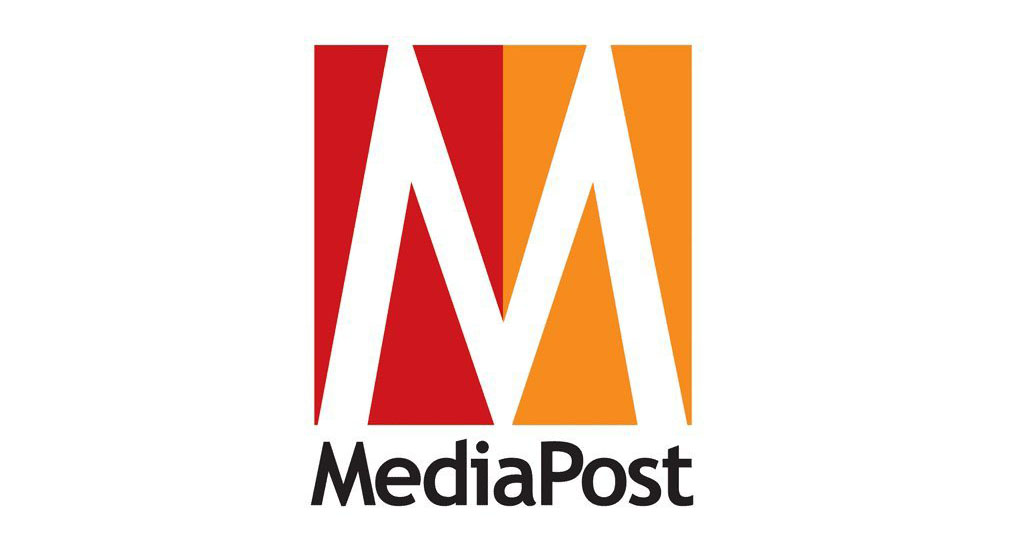by Karlene Lukovitz @KLmarketdaily
Source: www.mediapost.com, March 2023
In a finding that highlights the current limitations of contextual ad placement capabilities and content disclosure for advertisers on connected TV, a new study finds 20% of all ad breaks targeted to children containing at least one inappropriate ad — including ads for alcohol, casinos, gambling, adult hygiene, pharmaceuticals and foods with high sugar/fat content.
Contextual-first digital ad platform GumGum conducted a human review of more than 100 childrens’ shows that aired on a representative sample of leading ad-supported video streaming apps (both paid and free) over four months between Q4 2022 and Q1 2023.
Ads were flagged as inappropriate for children based on Federal Trade Commission rules, regulations and guidelines. Not all of the flagged ads represented actual legal violations.
While inappropriate or even illegal kids’ ads scenarios are obviously a serious problem, they are part of a broader problem that undercuts the targeting advantages driving CTV’s rapid growth. At issue, as advertisers are increasingly aware, is the fact that CTV doesn’t allow placing ads in specific programming, as with linear TV, or using data from URLs to analyze content, as with most digital advertising.
Instead, most advertisers have been relying on basic ad verification and brand safety technologies that analyze the generic metadata descriptions for videos. When content information is shared (more on that below), it is self-declared and not consistent across supply sources, leaving advertisers to make decisions based on limited metadata, such as genre or channel name.
This is “a huge gap in the CTV ecosystem,” says GumGum CEO Phil Schrader. “We are living in a video-first world where basing insight on just a simple keyword or generic metadata description isn’t going to work — not only to avoid specific content, like children’s shows, but for targeting and placing relevant ads as well.”
Exacerbating the problem: CTV buyers have insufficient inventory descriptions, and publishers have by and large been reluctant to share content data. Publishers are concerned that advertisers could end up concentrating their buys in relatively few programs, leaving swaths of inventory in their content libraries without ads. They’re also concerned about video privacy regulations. In addition, CTV ad buys also take place across a fragmented environment in which resellers may not have much insight about content.
The upshot is growing frustration among media buyers.
“It is wild that, given where we are in advanced TV, we can’t do some of the same things we could do in linear TV,” JiYoung Kim, chief products and services officer of GroupM’s North American business, observed during IAB Tech Lab’s advanced TV summit last November.
Schrader says that artificial intelligence now allows for analyzing video content at scale at a much deeper level. GumGum’s own contextual intelligence platform, Verity, for instance, can evaluate videos on a content level or a frame-by-frame basis, without relying on the presence of metadata and video descriptions.
GumGum is also developing a machine learning model for the platform trained to identify made-for-kids content, which will result in a specialized classifier to predict whether a web page or video is made-for-kids.
“We are working with people like IRIS.TV, who have developed the IRIS_ID, a content identifier that publishers can use to securely share their content’s video-level data,” Schrader reports. “We are also encouraging advertisers to evaluate the tech they are using to support their growing video strategy. Having technology that can understand all the elements of a video is critical now, but also a key component to navigating video and future interactive environments like in-game and the metaverse.”
Programmatic interconnectivity, open ad tech and clean rooms, as well as AI and identity-based measurement currencies, could enable more progress in cross-platform reach and frequency planning, as well as brand safety.
But it will likely take some serious, tangible incentives for walled-garden publishers to become more receptive to the levels of cooperation that will move the needle.

